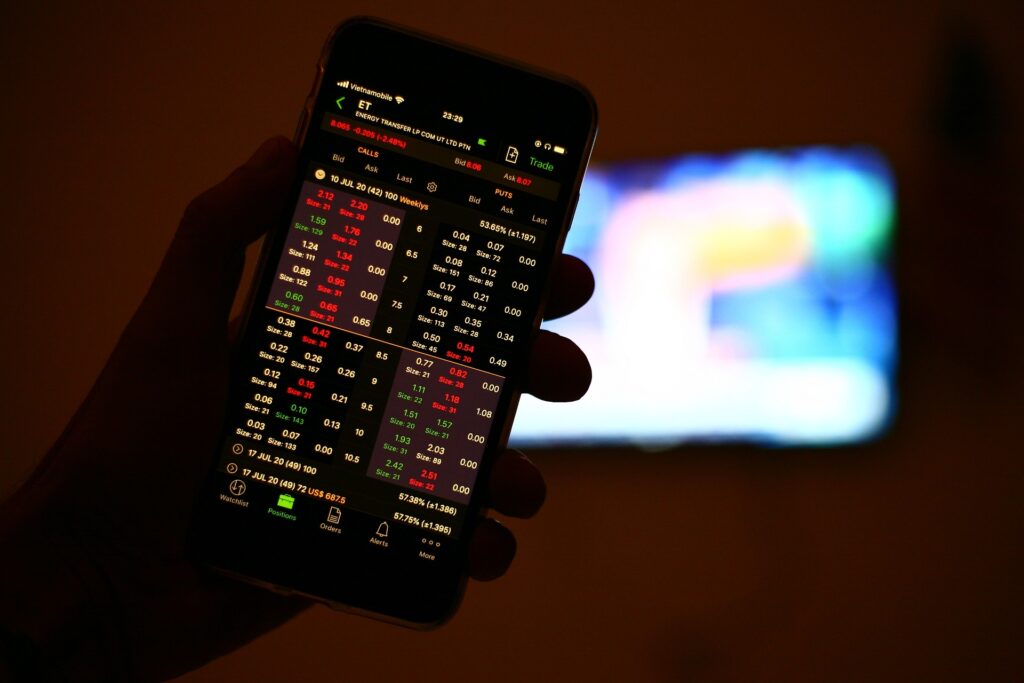The foreign exchange market, like a global chessboard, is filled with pieces representing different currencies. But unlike chess, the value of these pieces is constantly in flux, and it’s their interaction that defines the game. This article delves into the world of forex trading pairs, exploring how currencies are quoted against each other, how exchange rates are determined, and how various factors like economic strength, political stability, and global events influence their relative value.
What are Forex Trading Pairs?
In the intricate world of Forex trading, understanding trading pairs is paramount. These pairs are essentially the building blocks of currency trading, where two currencies are paired to represent the assets being exchanged. The concept is straightforward – every pair consists of a base currency and a quote currency.
Major currency pairs like EUR/USD, GBP/JPY, and USD/JPY are widely traded, each with its unique characteristics. Additionally, cross currency pairs, such as EUR/GBP and AUD/NZD, provide traders with diverse opportunities beyond the influence of the US Dollar. A grasp of these pairs lays the foundation for informed decision-making in the dynamic Forex market.
Popular Forex Trading Strategies
Forex trading is not just about exchanging currencies; it involves employing various strategies to maximize profits. Here are some widely used strategies by seasoned traders:
Carry Trading
- Definition: Carry trading involves taking advantage of interest rate differentials between currencies.
- How it works: Traders aim to profit from the interest rate gap, borrowing in a low-interest-rate currency and investing in a higher-yielding one.
Trend Trading
- Definition: Trend trading capitalizes on the direction in which a currency pair’s price is moving.
- How it works: Traders identify and follow prevailing trends, buying in an uptrend and selling in a downtrend to ride the market momentum.
Range Trading
- Definition: Range trading thrives on the idea that currency prices often stay within a specific range.
- How it works: Traders identify support and resistance levels, buying near support and selling near resistance, profiting from price oscillations.
These strategies are essential tools in a trader’s toolkit, providing flexibility to adapt to different market conditions and enhance the likelihood of success in the dynamic Forex market.
Factors Affecting Forex Trading Pairs
To navigate the complex world of Forex trading pairs successfully, it’s crucial to understand the various factors that influence their dynamics. Let’s break down these factors into three key categories:
| Category | Influence on Trading Pairs | Examples |
| Economic Indicators | Economic data directly impacts currency values. | GDP growth, employment rates, inflation indices |
| Political Events | Political stability or turmoil can sway markets. | Elections, geopolitical tensions, policy changes |
| Market Sentiment | Traders’ perceptions shape market movements. | Risk appetite, speculation, global economic outlook |
These factors play a pivotal role in shaping the trends and movements of Forex trading pairs. Let’s delve into each category to understand their impact more comprehensively.
Risks and Challenges in Forex Trading
Forex trading offers immense profit potential, but it also comes with its fair share of risks and challenges. Let’s explore some of the key factors that traders must navigate:
Volatility
- Definition: Volatility refers to the degree of fluctuation in currency prices.
- Challenges: High volatility can lead to rapid price movements, increasing the risk of unexpected losses.
- Risk Management: Traders employ stop-loss orders and proper position sizing to mitigate the impact of volatility.
Leverage
- Definition: Leverage allows traders to control larger positions with a smaller amount of capital.
- Challenges: While leverage amplifies potential profits, it also magnifies losses, leading to significant risks.
- Risk Management: Traders should use leverage cautiously and ensure they have adequate risk management strategies in place.
Lack of Centralized Exchange
- Definition: The Forex market operates over-the-counter (OTC), without a centralized exchange.
- Challenges: This decentralized nature can lead to liquidity issues, slippage, and potentially unreliable pricing.
- Risk Management: Traders must carefully select reputable brokers and stay informed about market liquidity conditions.
Navigating these risks and challenges requires a combination of skill, discipline, and risk management techniques. By understanding and addressing these factors, traders can enhance their chances of success in the Forex market.
Tips for Successful Forex Trading
In the dynamic world of Forex, success isn’t just about reacting to market movements; it involves strategic planning and a disciplined approach. Here are two key aspects to consider for successful trading:
Stay Informed
Keeping abreast of market developments is fundamental to making informed decisions. Stay updated on:
- Market News: Follow economic indicators, geopolitical events, and global news affecting currencies.
- Technical Analysis: Utilize chart patterns, trends, and indicators to identify potential entry and exit points.
Use Risk Management Tools
Managing risk is a cornerstone of successful trading. Implement risk management strategies such as:
- Stop-Loss Orders: Set predetermined points to exit a trade to limit potential losses.
- Position Sizing: Determine the appropriate size for each trade based on your risk tolerance and overall portfolio.
By staying informed and implementing effective risk management, traders can navigate the complexities of Forex with a higher likelihood of success.
Forex Trading Platforms and Tools
In the ever-evolving landscape of Forex trading, the choice of trading platforms and tools can significantly impact a trader’s experience. Here’s an exploration of key considerations in this domain:
Forex traders often encounter two popular platforms: MetaTrader 4 (MT4) and MetaTrader 5 (MT5). Each has its unique features, and the choice depends on individual preferences and trading needs.
While MetaTrader 4 is renowned for its user-friendly interface and extensive library of trading indicators, MetaTrader 5 introduces additional asset classes and enhanced analytical tools. Traders should carefully assess their requirements and preferences to select the platform that aligns with their trading style.
Beyond platforms, traders leverage various tools to enhance decision-making:
- Trading Indicators: These mathematical calculations based on historical price and volume provide insights into market trends and potential entry/exit points.
- Automated Trading Systems: Known as Expert Advisors (EAs) on MetaTrader platforms, these are algorithms that execute trades based on predefined criteria, reducing the need for manual intervention.
The choice of tools ultimately depends on a trader’s strategy, preferences, and level of automation desired. As technology continues to advance, staying updated on the latest tools and platforms is crucial for staying competitive in the Forex market.
Choosing the Right Forex Broker
Selecting the appropriate Forex broker is a pivotal decision that can significantly impact your trading experience. Here’s a breakdown of key factors to consider, organized into two essential aspects:
Regulation and Credibility
When evaluating potential brokers, prioritize those with:
- Regulatory Compliance: Ensure the broker is regulated by reputable authorities such as the Financial Conduct Authority (FCA), the National Futures Association (NFA), or the Australian Securities and Investments Commission (ASIC).
- Client Feedback: Research and consider feedback from other traders. Online reviews and testimonials can provide valuable insights into a broker’s credibility.
- Financial Stability: A financially stable broker is less likely to face liquidity issues, ensuring a smoother trading experience.
Account Types
Different traders have distinct needs, and brokers typically offer various account types to accommodate these differences. Consider:
- Demo Accounts: Brokers that provide demo accounts allow you to practice trading without risking real money, helping you familiarize yourself with their platform.
- Micro and Standard Accounts: Choose a broker that offers account types suitable for your capital size and risk tolerance.
- Islamic Accounts: For traders adhering to Islamic principles, some brokers offer accounts that comply with Sharia law.
Understanding your trading style, risk tolerance, and specific requirements will guide you in selecting a broker that aligns with your individual needs. Keep in mind that the right broker contributes not only to the safety of your funds but also to the overall efficiency of your trading activities.

